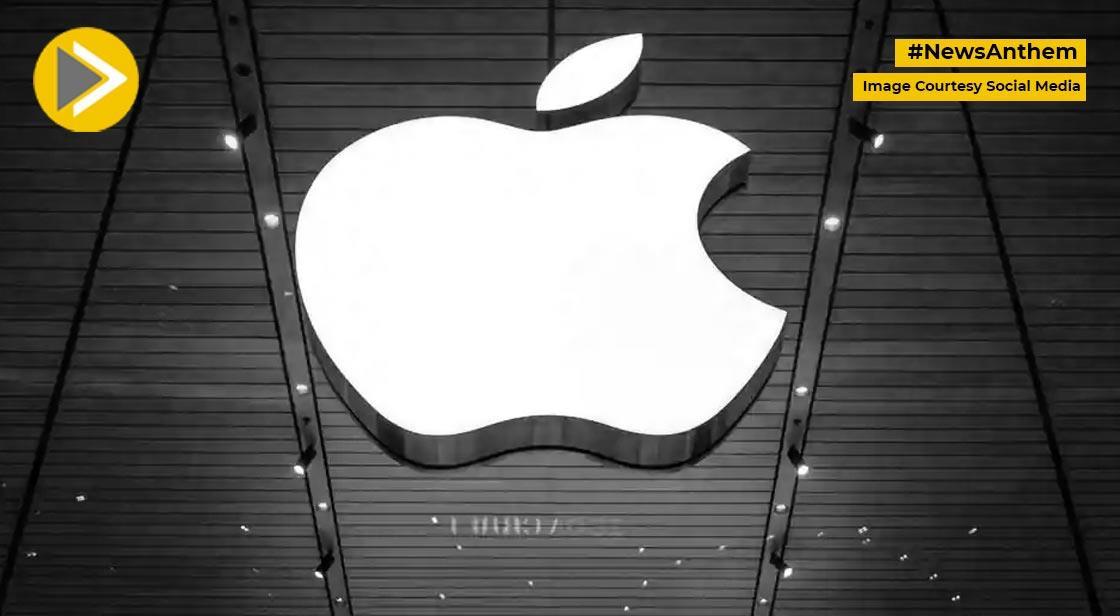Apple Offers Developers Access to On-Device AI, Stays Conservative With AI Rollout

News Synopsis
At its Worldwide Developers Conference (WWDC) 2025, Apple Inc. (AAPL.O) unveiled a collection of new artificial intelligence features, focusing on enhancing day-to-day utility and developer accessibility rather than pursuing bold AI dominance.
Unlike its competitors who continue to promote sweeping AI transformations, Apple opted for a measured and incremental approach, prioritizing useful upgrades like live call translation and image-based search.
Apple Intelligence Opens Up—With Limitations
Developer Tools and Model Access
Apple announced that it is now opening the foundational AI model that powers Apple Intelligence to third-party developers.
“We’re opening up access for any app to tap directly into the on-device, large language model at the core of Apple,”
said Craig Federighi, Apple’s software chief.
Federighi also highlighted that Apple’s proprietary and OpenAI’s code completion tools would be available for use in Apple’s core developer software—signifying a Microsoft-like strategy of platform flexibility.
ChatGPT Integration and Privacy Measures
One standout example of this collaboration is the integration of OpenAI’s ChatGPT into Apple’s Image Playground app, enabling users to generate images using prompts.
“User data would not be shared with OpenAI without a user’s permission,”
Apple clarified.
Keeping AI Ambitions Grounded
Apple’s AI announcements stand in contrast to its previous promises and the assertive roadmaps laid out by rivals.
“You could see Apple’s priority is what they’re doing on the back-end, instead of what they’re doing at the front-end, which most people don’t really care about yet,”
commented Ben Bajarin, CEO of Creative Strategies.
Apple’s recent strategy shift appears to be focused on delivering delayed AI enhancements, particularly for products like Siri, which didn’t receive the previously promised upgrades last year.
“They went from being visionary and talking about agents before a lot of other people did, to now realizing that, at the end of the day, what they need to do is deliver on what they presented a year ago,”
said Bob O’Donnell, chief analyst at Technalysis Research.
Limited Capabilities of the On-Device Model
Apple clarified that developers would have access only to its on-device AI model, which does not interface with Apple’s specialized AI data centers.
This local model has 3 billion parameters, suggesting limited capacity compared to cloud-based models used by competitors.
“In a moment in which the market questions Apple’s ability to take any sort of lead in the AI space, the announced features felt incremental at best,”
said Thomas Monteiro, senior analyst at Investing.com.
Shares of Apple closed 1.2% lower on Monday, reflecting investor disappointment in the perceived lack of innovation.
OS Upgrades with “Liquid Glass” and Unified Naming
Aesthetic Overhaul Across Apple Devices
Apple also revealed plans to redesign its operating systems, introducing a new aesthetic known as “liquid glass”, which features translucent icons and menus. This new UI design is made possible by more powerful Apple silicon chips.
“The new design will span operating systems for iPhones, Macs and other Apple products,”
Federighi said. In addition, Apple OS versions will now adopt year-based naming, replacing sequential version numbers, bringing naming conventions in sync across its device lineup.
Key New Features to Enhance User Experience
AI-Powered Call Screening
One major addition is Call Screening, allowing iPhones to automatically answer calls from unknown numbers and transcribe the purpose of the call before alerting the user.
Live Call Translations and Developer APIs
Apple also added live translation during phone calls, with no requirement for the other caller to be on an iPhone. Developers will also be allowed to embed live translation features in their apps.
Visual Intelligence Expansion
Apple’s Visual Intelligence app will now extend beyond the camera to analyze items displayed on the iPhone screen. For instance, users can point to a jacket online and the app will suggest similar products available in apps installed on the phone.
You May Like









